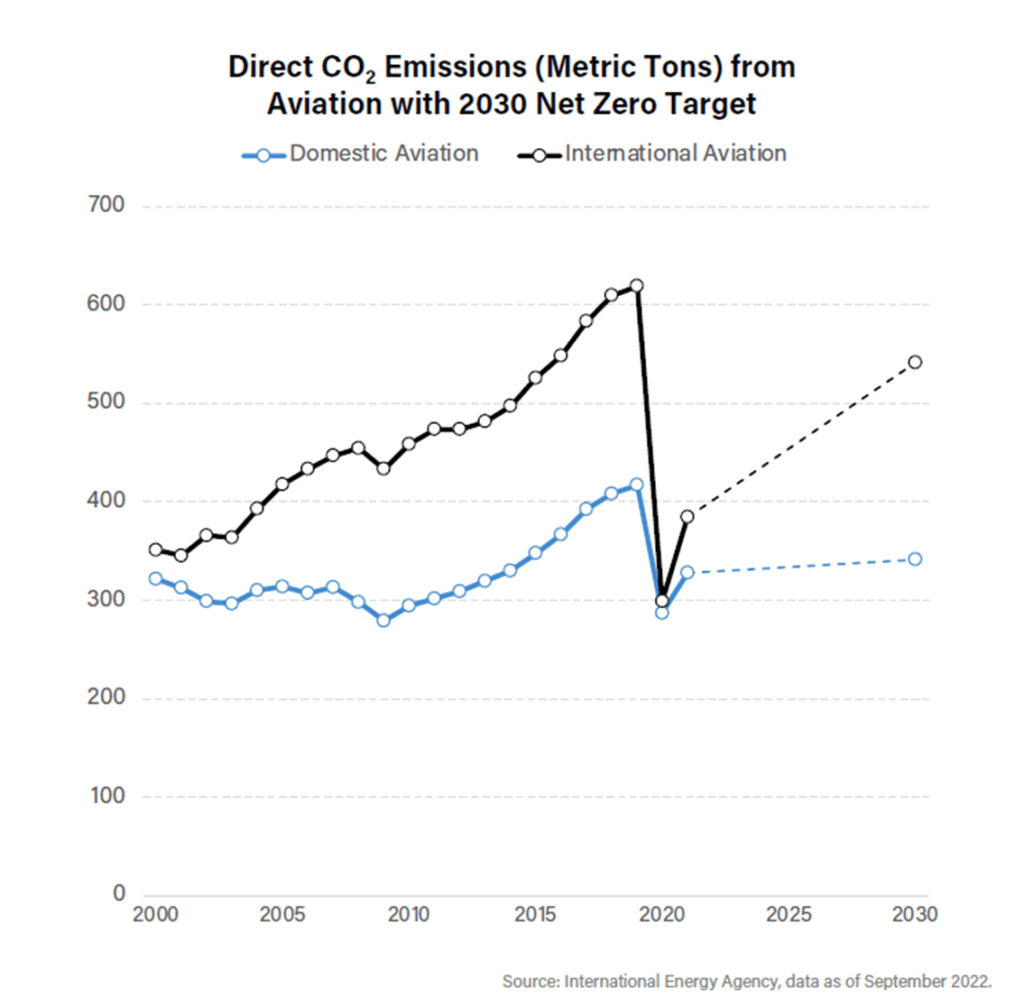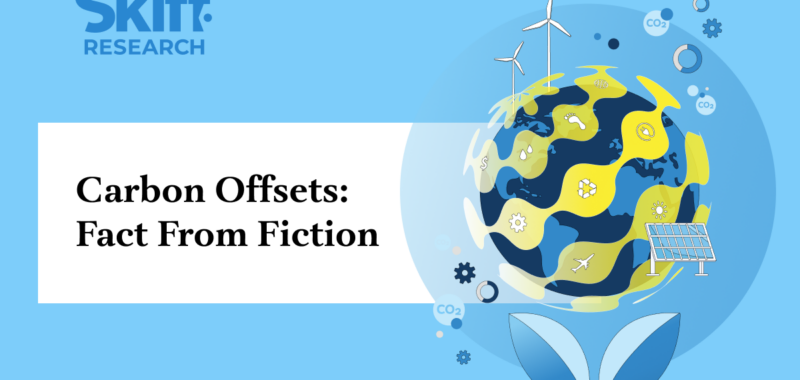Skift Take
Carbon offsets exist within a flawed ecosystem but they should not be disregarded as an interim measure. It is on the industry to reform a broken system.
Carbon offsets have become controversial in recent years, and some say theyâre just greenwashing. But have they been unfairly maligned?
What Are Carbon Offsets?
Carbon offsets are a way for companies to compensate for their own emissions by reducing them elsewhere. The idea is that carbon emissions have the same effect wherever they are emitted. So organizations can offset their carbon footprint by backing initiatives that either remove or lessen CO2 or similar gasses.
Ideally, the process works as follows:


Why Are They Important to the Travel Industry?
The travel industry is under a lot of pressure to reduce its impact on global emissions because it currently contributes about 8% of greenhouse gasses. Aviation gets particular scrutiny. Direct C02 emissions from aviation were steadily increasing in the decades prior to the pandemic and have been increasing quickly since 2020.
Of that 8%, transport contributes almost half. Transport more broadly (including outside of the travel industry) contributes 24% of global carbon emissions with aviation contributing 11.6% of that total.


Much work is being done to reduce the climate impact of air travel, with research underway on sustainable aviation fuel or hydrogen aircraft, for example. But these technologies are some ways off from being a viable strategy.Â
Why Are They Controversial?
Carbon offsets are appealing because they can be implemented at scale right now. But the carbon offset market has faced a lot of criticism and has been described as the âwild west.â
One carbon credit may look like another but be much less effective at reducing CO2.
This leads to bad incentives. For example, travel businesses want to use offsets to claim net-zero emissions at the lowest cost. This requires a large supply of cheap carbon credits that may not accomplish much.
There’s little incentive for companies to pay a premium for high-quality offsets, as each carbon credit is seen as saving one ton of carbon, regardless of its effectiveness.
Traders are pressured to supply abundant carbon credits, often compromising quality control. They are motivated to sell as many credits as possible, with limited market visibility on credit quality, leading them to overlook the legitimacy of projects.
How Can You Evaluate the Quality of a Carbon Offset?
Carbon offsets depend on a clear connection between the project and its positive environmental impact.
Sometimes this link is straightforward, such as when companies use carbon capture technology to remove and sequester CO2 emissions, and there is concrete data that shows the reduction. There are recognized measures of quality:
Permanence: this means that the emissions avoided cannot be reintroduced to the atmosphere. But often there is no guarantee on the longevity of a project. For example, to effectively protect a forest from deforestation, revenue from carbon offsets for an avoided deforestation credit must be more competitive than the lucrative industries driving deforestation
Additionality: Additionality means that the carbon reduction wouldn’t have occurred without the investment in that carbon offset. This has been the subject of recent controversies. For example, a leading carbon credit certifier was accused of listing credits for rainforest projects that grossly inflated the actual threat to the area.
No double counting: Double-counting describes multiple entities claiming the same offset from the same project. This can lead to false claims of emission reductions.
No leakage: Leakage entails a carbon offset in one area resulting in carbon emissions somewhere else. This can be a challenge when a carbon offset is assigned to an area with no control over what takes place immediately outside its borders.
Verifiability: Verifiability simply means that a legitimate third party can verify claims of carbon avoidance in offset projects.


What Can Be Done?
Carbon offsets have had a rough time in the public eye over the past decade, and they undoubtedly exist within a flawed ecosystem. While they are not a long-term solution or a substitute for actual emissions reductions and green technology, they can have a place as a complimentary stopgap measure.
This comes with some caveats. Companies cannot rely on the carbon offset market to self-regulate and the incentive structure creates a fertile environment for abuse. The onus is on companies purchasing offsets to do the work of ensuring their quality using established measures. Businesses across the travel industry have to be extremely precise and factual about what is being claimed to avoid the inevitable accusations of greenwashing if they do not.

